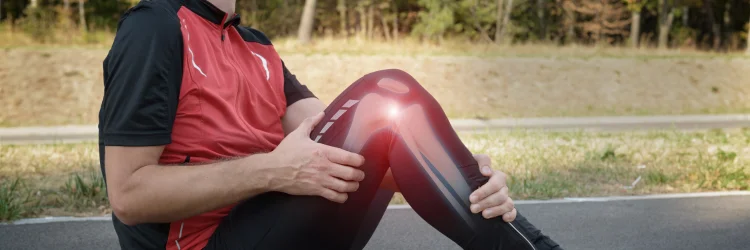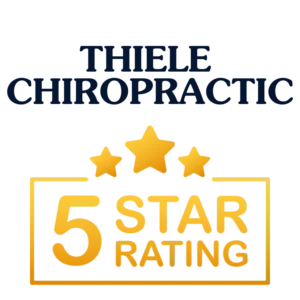- 39 New London Turnpike Suite 120 Glastonbury, CT 06033

Connective Tissue Response to Immobility: Correlative Study of Biomechanical and Biochemical Measurements of Normal and Immobilized Rabbit Knees
Arthritis and Rheumatism
May-June 1975; Vol. 18, No. 3; pp. 257-264
Savio Woo, John Matthews, Wayne Akeson, David Amiel, Richard Convery: from the University of California, San Diego, Division of Orthopedics and Rehabilitation.
The authors documented the biomechanical changes in 20 rabbit knees after 9 weeks of immobilization and compared them to the opposite knee that was not immobilized.
These tissue changes from immobilization are the problem as they affect the repair responses to trauma. [Important]
GAG = glycosaminoglycan: mucopolysaccharides that attract water to function as lubricants and shock absorbers.
Proteoglycans: a protein-sugar matrix that fills in the spaces of connective tissue.
KEY POINTS FROM THIS ARTICLE:
1) There is significant knee contracture after 9 weeks of immobilization.
2) This study shows that fibrous connective tissue loses significant amounts of glycosaminoglycan (GAG) and water after periods of immobilization.
3) All connective tissues distend easily with very little stress because its collagen fibers are not straight in the relaxed state but are loosely oriented in various directions.
4) “Newly synthesized collagen, although less in quantity, is laid down haphazardly and thus interferes with joint mechanics.” [Key Point]
5) “Physical forces of stress and motion modulate synthesis of proteoglycans and collagen in normal joints by fibroblasts.”
6) Motion of the connective tissue matrix inhibit the contracture process through these mechanisms:
7) During healing, inflammation and scar formation must be avoided.
COMMENTS FROM DAN MURPHY:
The healing of injured soft tissues requires early and persistent controlled motion into the damaged tissues. Immobilization results in “haphazard” healing with an increase in “anomalous” cross-links. This results in long-term alterations in joint biomechanical function and residual weaknesses to future loads.
This study supports these articles we have reviewed on related topics:
Article Review 9-00:
Immobilization or Early Mobilization After an Acute Soft-Tissue Injury?
Article Review 36-04:
Acute Soft Tissue Injuries-A Review of the Literature
Article Review 23-13:
A Theoretical Basis for Maintenance Spinal Manipulative Therapy for the Chiropractic Profession
Article Review 18-14
Ligament Injury and Healing:
Article Review 25-16:
Findings and Outcome in Whiplash-Type Neck Distortions
Article Review 50-21:
Injury and Repair of Ligaments and Tendons
When this study was conducted at the University of California, San Diego, I was an undergraduate student there, majoring in biochemistry.

39 New London Turnpike Suite 120
Glastonbury, CT 06033
